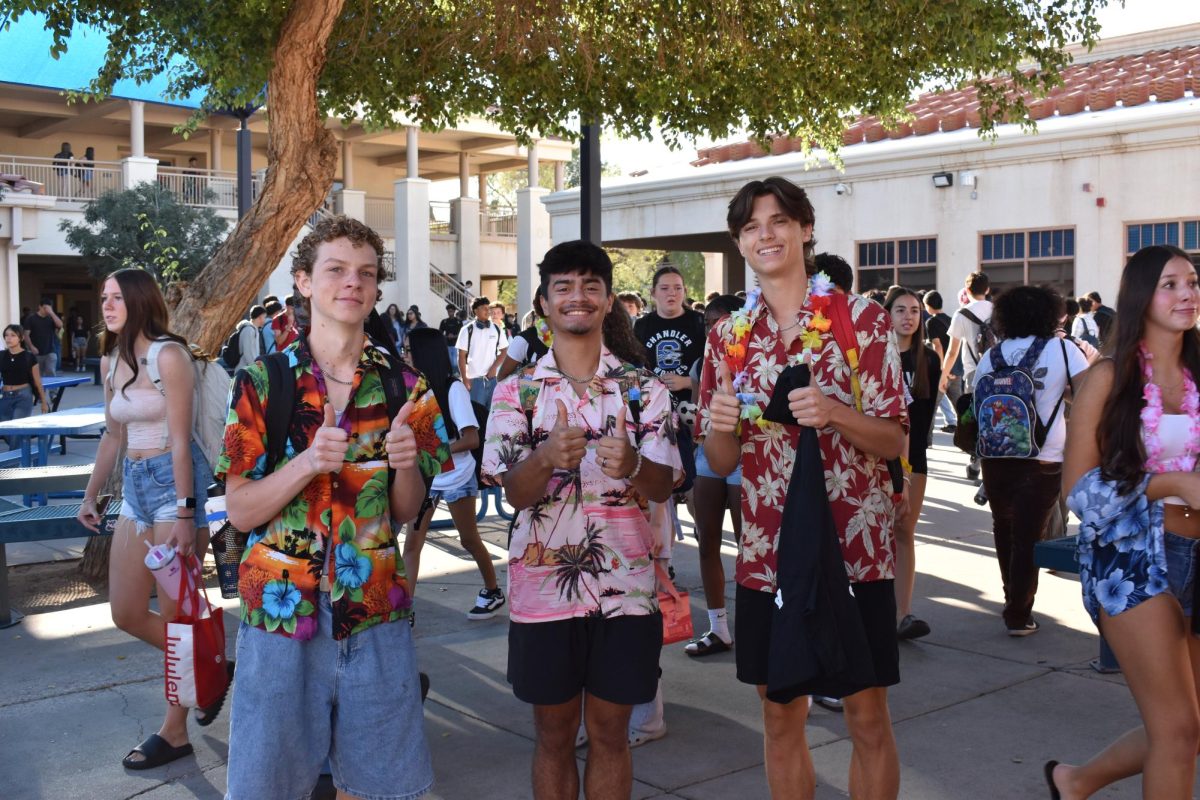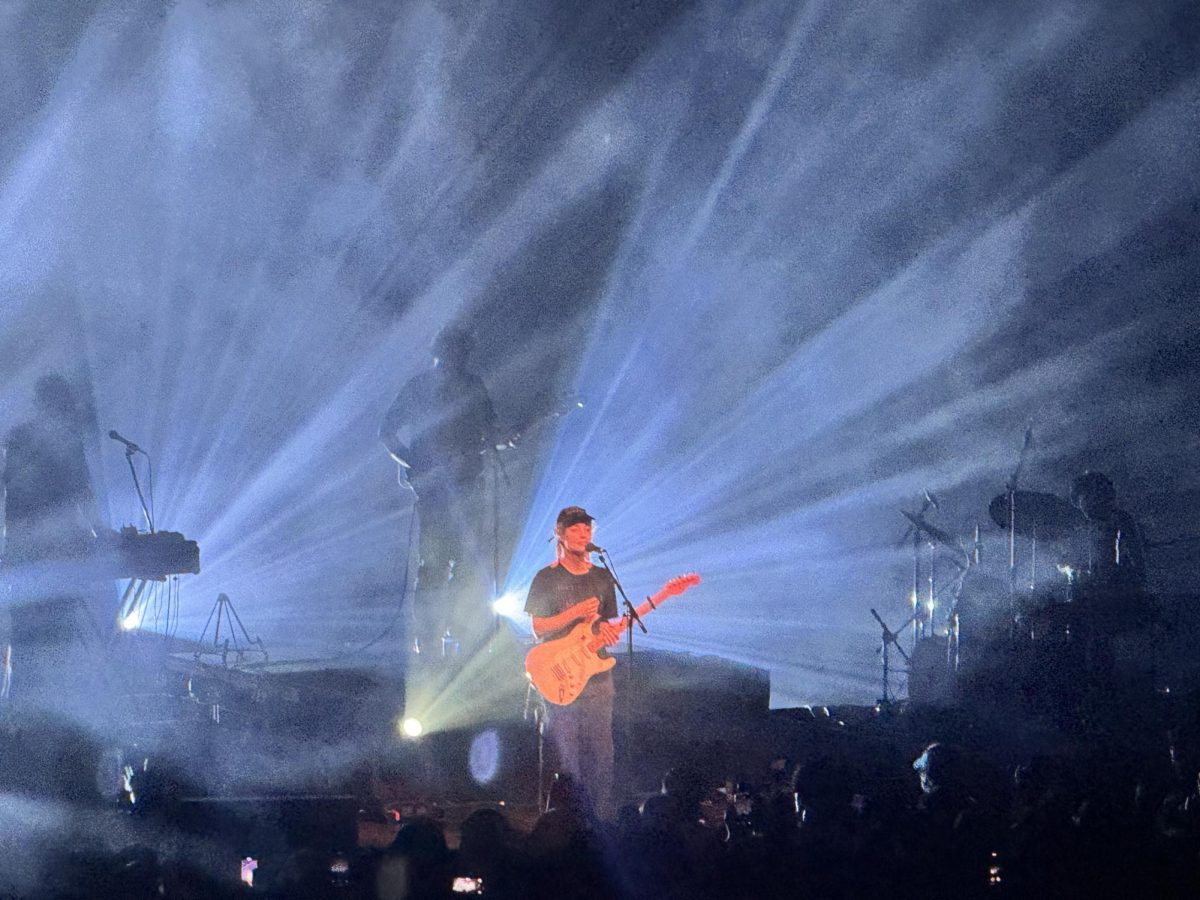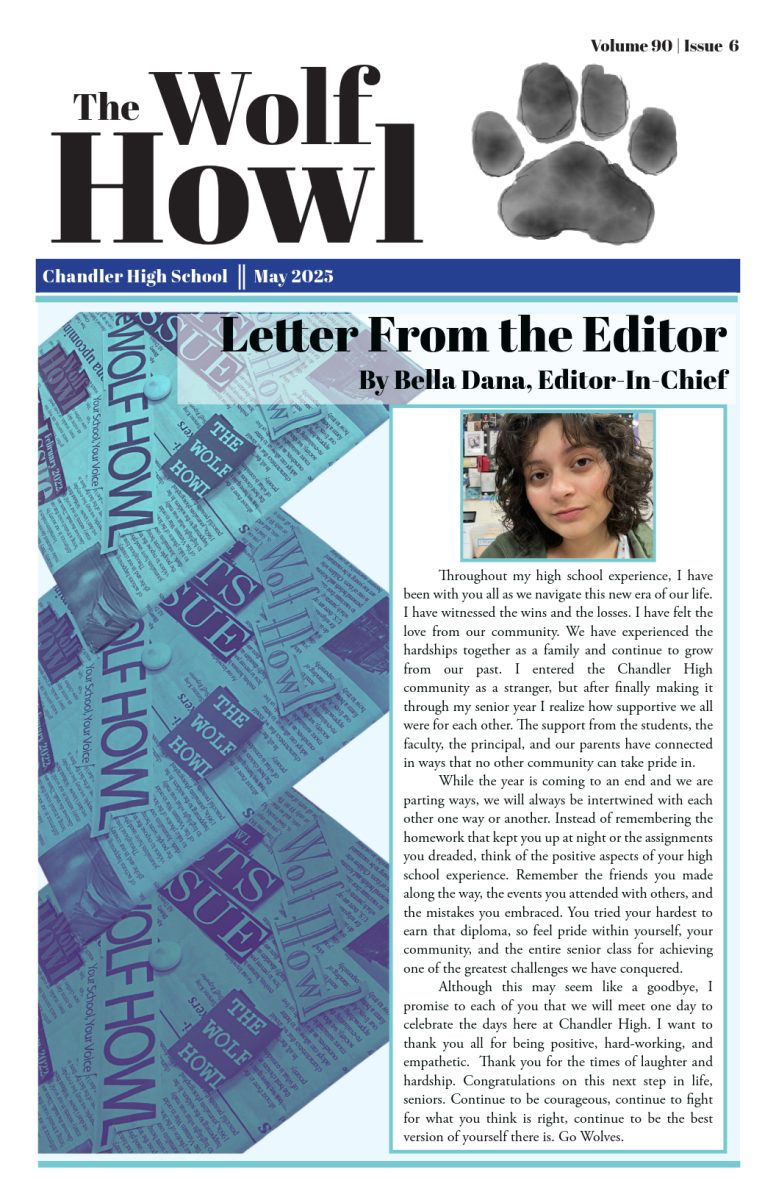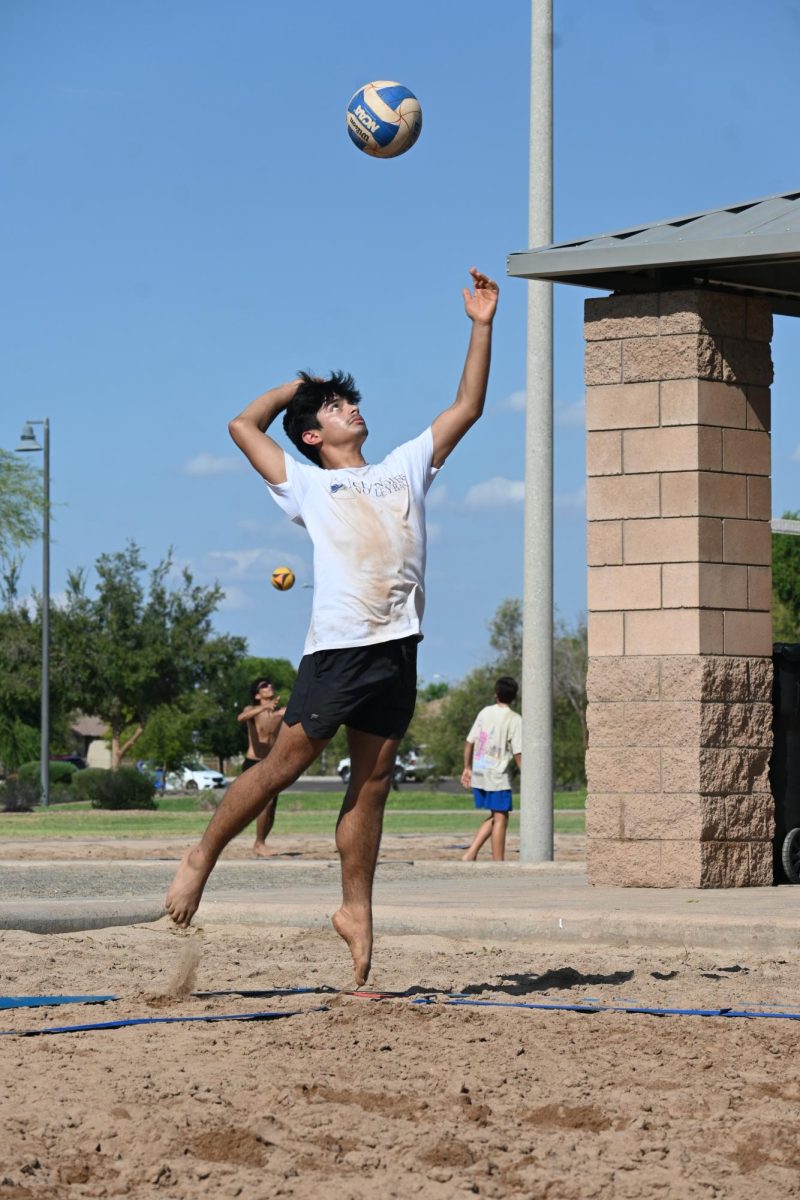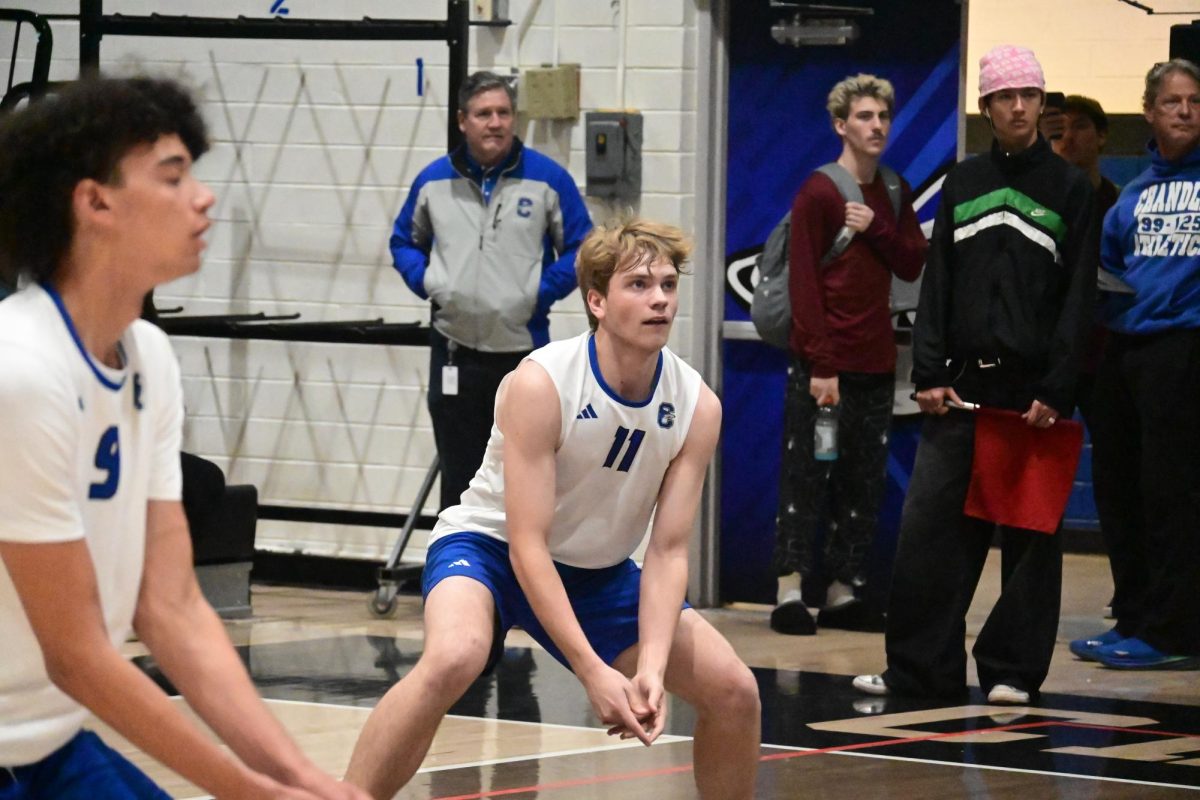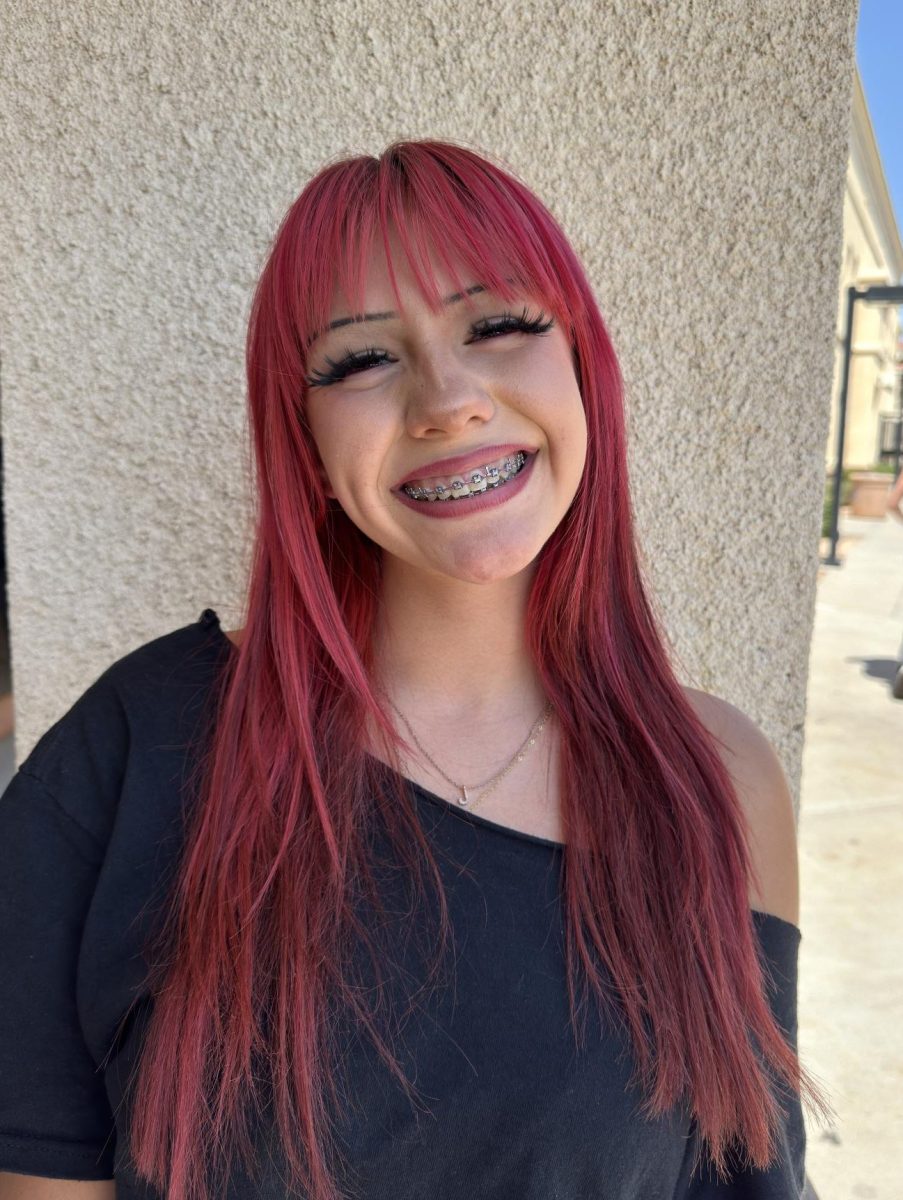Imagine a world where violence against women is three times more likely than any other crime. What if a person had double the chance of being raped? And what if a specific ethnic group was ten times more likely to fall victim to murder than any other? This is the grim reality for Indigenous women in the United States, whose stories often go unheard. Behind each statistic is a life lost, a community fractured, and a demand for justice that echoes through generations (National Criminal Justice Training Center).
MMIW. Have you heard about this acronym? It stands for Missing or Murdered Indigenous Women. Isn’t it heartbreaking that we live in a world where we need a movement called this? MMIW is a movement to end violence against Native women. It also sheds light on the disproportionately high rates of disappearances and murders of Indigenous women and girls (University of San Diego Pardee Legal Research Center). The MMIW movement highlights an ongoing crisis that spreads across the U.S. and Canada—and it’s just getting worse day by day. Some consider it to be one of the most significant issues affecting Native American communities across the United States. Indigenous women face violence at alarmingly high rates, experiencing murder rates more than ten times the national average in some areas (Urban Indian Health Institute). This crisis is further impacted by issues such as underreporting, faulty data collection, and limited media coverage, which make it challenging to understand the full scope of the problem and take action to fix it.
According to data from the Urban Indian Health Institute, Indigenous women are murdered at a 10 times higher rate than the national average. However, due to a history of systemic neglect, cases involving indigenous women often go unsolved or are not even reported in mainstream media. The lack of visibility compounds the issue, with many victims becoming forgotten names on long unsolved case lists.
Many factors contribute to this crisis. For one, jurisdictional complications often arise on reservations, where local Tribal law enforcement has limited resources and jurisdiction to prosecute non-native perpetrators. Federal agencies are typically responsible for investigating these crimes, but limited coordination and communication among agencies can delay or hinder investigations. Poverty, inadequate healthcare, lack of housing, and high unemployment rates also impact many indigenous communities, leading to an increased vulnerability to violence. Additionally, stereotypes and prejudice against Native Americans can create an environment where these cases are not given the attention they deserve.
Organizations like MMIW USA and the Coalition to Stop Violence Against Native Women have worked tirelessly to bring attention to these cases. Many of these organizations provide support for the families of missing women, raise awareness, and push for policy changes. One such initiative, the REDress Project by artist Jaime Black, has become a powerful visual symbol, with empty red dresses displayed in public spaces to represent the lost lives of Indigenous Women and raise awareness about the MMIW crisis.
In 2021, the U.S. Department of the Interior announced the creation of the Missing and Murdered Unit within the Bureau of Indian Affairs. This unit is tasked with investigating cases of missing and murdered Indigenous people, marking a significant step toward addressing the MMIW crisis at a federal level. The hope is that increased attention and resources will lead to justice for more victims and their families.
For the families of MMIW victims, the path to justice is often a long and devastating one. Many families have resorted to investigating on their own, navigating a system that has historically failed to protect their loved ones. Cierra Toledo, a junior at Metropolitan Art Institute and a member of F.I.N.A.L. Youth Council in Phoenix, expressed her own story: “My own relative was abducted and murdered, and seeing her children grow up without a mother was devastating.” From organizing vigils to participating in marches, families and friends of victims have transformed their pain into activism, refusing to let their loved ones become statistics.
The MMIW crisis is a long-standing issue, rooted in a history of colonialism, violence, and systemic neglect. While recent policy changes and increased awareness represent steps in the right direction, there is still a long way to go. Indigenous advocates are calling for better funding for Tribal law enforcement, improved data collection on MMIW cases, and more thorough investigations into missing person reports involving Native American women.
As more people become aware of the MMIW crisis, there is hope that lasting change will emerge. For now, communities continue to demand justice for those who can no longer speak for themselves, honoring their memory by fighting for a future where Indigenous women are safe, protected, and seen. “MMIW isn’t a headline, it’s a lived reality,” said Cierra.

